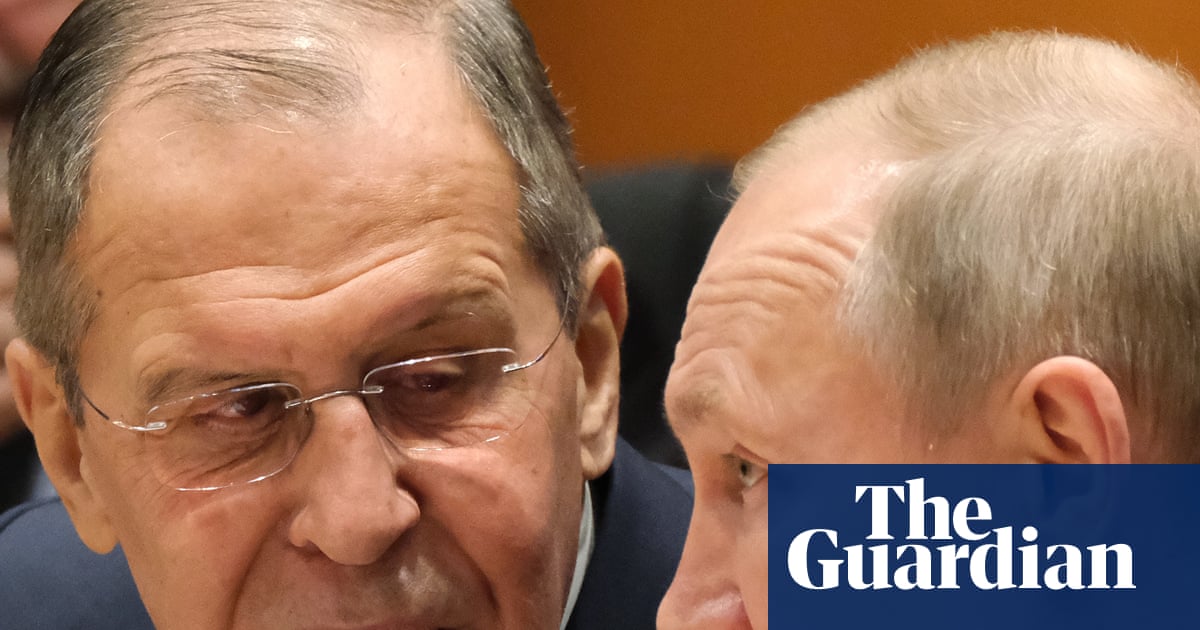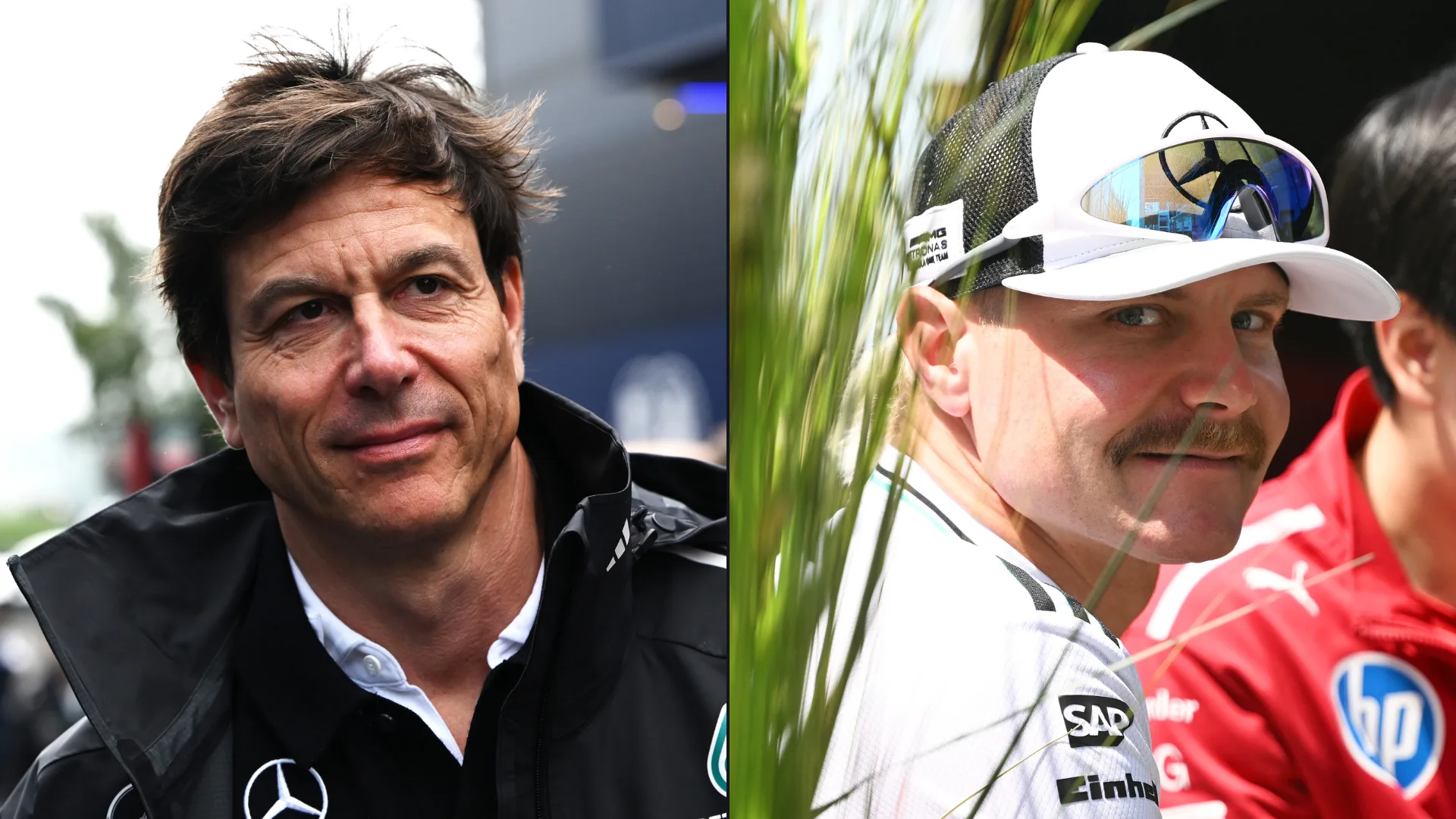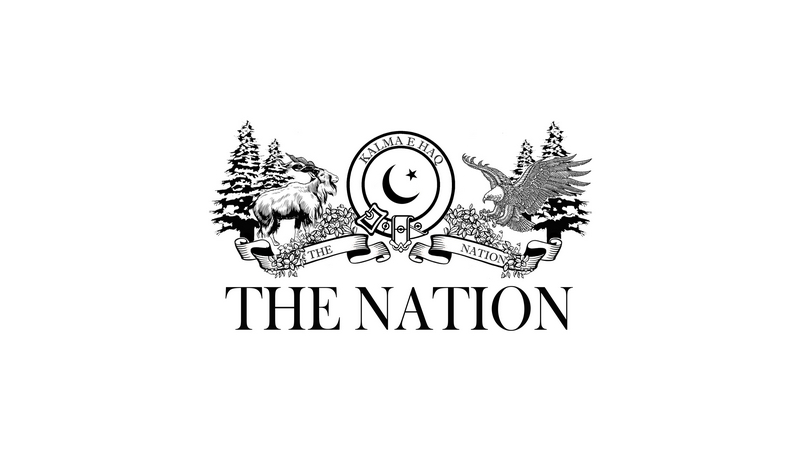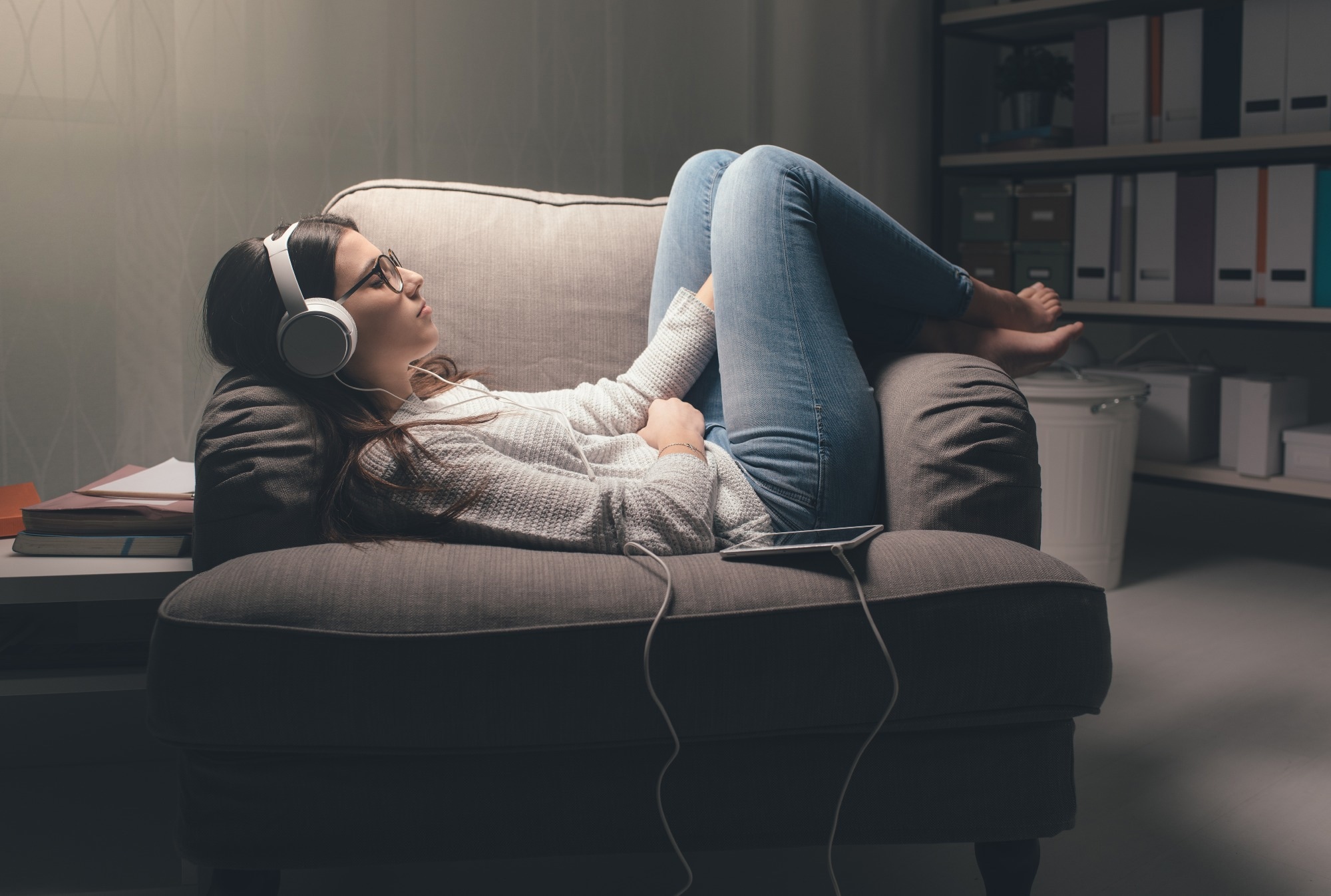Moscow has said it must be part of any international talks on Ukraine’s security, as Russia continues to stall on Donald Trump’s push for a meeting between Vladimir Putin and Volodymyr Zelenskyy.
Russia’s foreign minister, Sergei Lavrov, said on Wednesday that Moscow must be included in any talks on Ukraine’s security guarantees, dismissing European diplomacy as “aggressive escalation” and a “clumsy effort to sway Trump”.
“To discuss security guarantees seriously without Russia is a road to nowhere,” Lavrov said during a working visit to Jordan.
Lavrov also said that China, Russia’s ally in the war, should be among Ukraine’s security guarantors – reviving a proposal first put forward by Russian negotiators during talks in Turkey in spring 2022.
European leaders have begun exploring post-conflict security guarantees for Ukraine, following Trump’s pledge to help protect the country under any deal to end Russia’s war.
Russian officials have repeatedly said Moscow would not accept the deployment of European forces to Ukraine, one of the key security guarantees under discussion.
Kyiv is likely to view with scepticism any prospect of China, a supporter of Russia during the war, acting as a security guarantor.
Lavrov, meanwhile, avoided any direct reference to a possible Putin-Zelenskyy summit, highlighting the Kremlin’s apparent plans to delay any concrete planning of a meeting.
Trump announced this week he had “begun the arrangements” for the first meeting between the two leaders since the start of Russia’s full-scale invasion.
Trump later claimed he had set up a bilateral meeting between Putin and Zelenskyy, explaining: “I thought I’d first let them meet.”
Opening direct talks with Zelenskyy would cut against the storyline Putin has cultivated since the 2022 invasion – portraying Ukraine’s president as an illegitimate figure and a mere puppet of the west.
Putin, who almost never refers to Zelenskyy by name and instead speaks of the “Kyiv regime”, has repeatedly cast doubt on whether his Ukrainian counterpart even holds the authority to sign a peace agreement. “You can negotiate with anyone, but because of his illegitimacy, he [Zelenskyy] has no right to sign anything,” Putin told Russian officials earlier this year.
But Trump’s promise of a meeting puts Putin in a difficult spot: rejecting it risks tension with the US president, while agreeing to one would elevate Zelenskyy to equal status and confront Putin with a media-savvy rival ready to meet almost without preconditions.
Moscow has shown scant sign of preparing for such an encounter.
Lavrov cautioned on Wednesday that any contact between the two leaders would need to be arranged “with the utmost care”, while other Russian officials dismissed Zelenskyy as a lightweight unworthy of serious attention.
But, as often is the case, Moscow has avoided closing the door entirely, hinting that the Putin–Zelenskyy encounter could take place, while giving no sign that it is actually on the horizon.
Several countries have offered to host a possible Putin-Zelenskyy meeting, including the Vatican, Switzerland and Hungary.
after newsletter promotion
The Russian leader reportedly suggested to Trump that his counterpart travel to Moscow for talks – an idea Russia knew Kyiv would reject because of the obvious risks to Zelenskyy’s safety.
Analysts suggested that the Russian leader would probably only meet Zelenskyy to accept Russia’s maximalist conditions, which would equal Ukraine’s capitulation.
“Putin will not meet Zelenskyy under the current circumstances,” said Tatiana Stanovaya, a senior fellow at the Carnegie Russia Eurasia Center. “He has repeatedly stated that such a meeting would only be possible if there were well-prepared grounds, which in practice means Zelenskyy’s acceptance of Russia’s terms for ending the war.”
Figures close to the Kremlin have emphasised that Putin sees no need to rush into a meeting with Zelenskyy.
“Simply put, Putin only sees value in a meeting with Zelenskyy if it ends with a capitulation,” wrote the nationalist commentator Alexei Mukhin. “If Zelenskyy is unwilling to sign one, the Kremlin will keep ‘working on’ the idea of a meeting until he is,” Mukhin added.
Putin now faces a situation reminiscent of earlier moments when Trump pressed him to agree to a ceasefire. At the time, he managed to manoeuvre around the pressure, and analysts believe he is likely to take a similar approach now – downplaying the prospect of talks without rejecting them outright.
The key question is whether Trump will seek to put pressure on Kyiv to accept some of Russia’s demands to clear the way for a meeting between the two leaders.
Russia’s leadership on Wednesday showed no sign of compromise. Lavrov said the US was beginning to gain a clearer understanding of the “root causes” of the war – a phrase Putin has used to describe demands ranging from Ukraine’s formal renunciation of Nato membership to its “demilitarisation” and “denazification”, a vague formula that in practice would mean removing Zelenskyy.
The Russian foreign minister also pointed to the April 2022 talks in Turkey between Russia and Ukraine as a model. Those failed negotiations centred on Moscow’s demands for Ukraine’s disarmament, political neutrality and the abandonment of its ambition to join Nato.
Meanwhile, Russian officials told Reuters that Moscow was preparing to raise taxes and cut spending to sustain high defence outlays and keep the war effort going.









